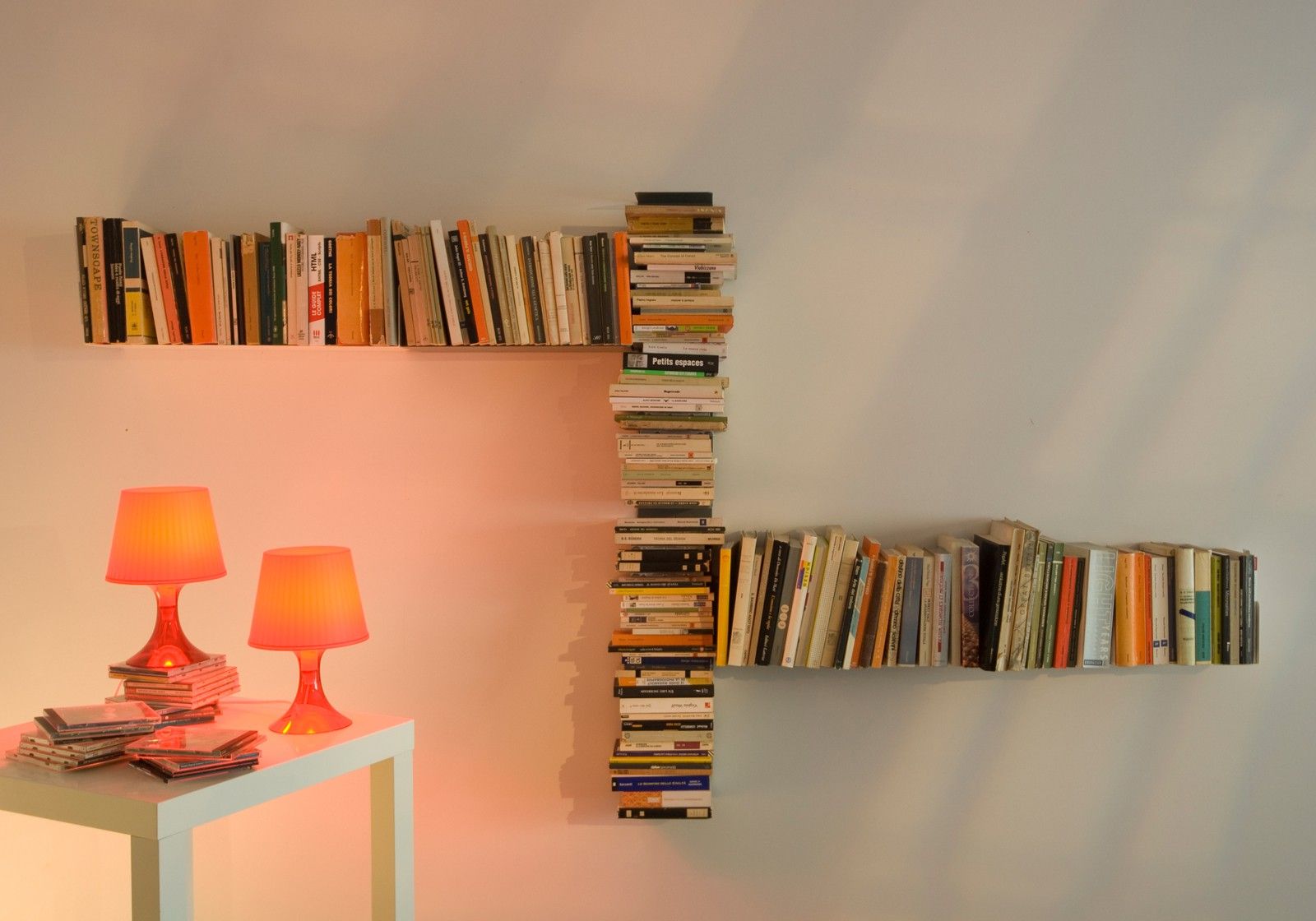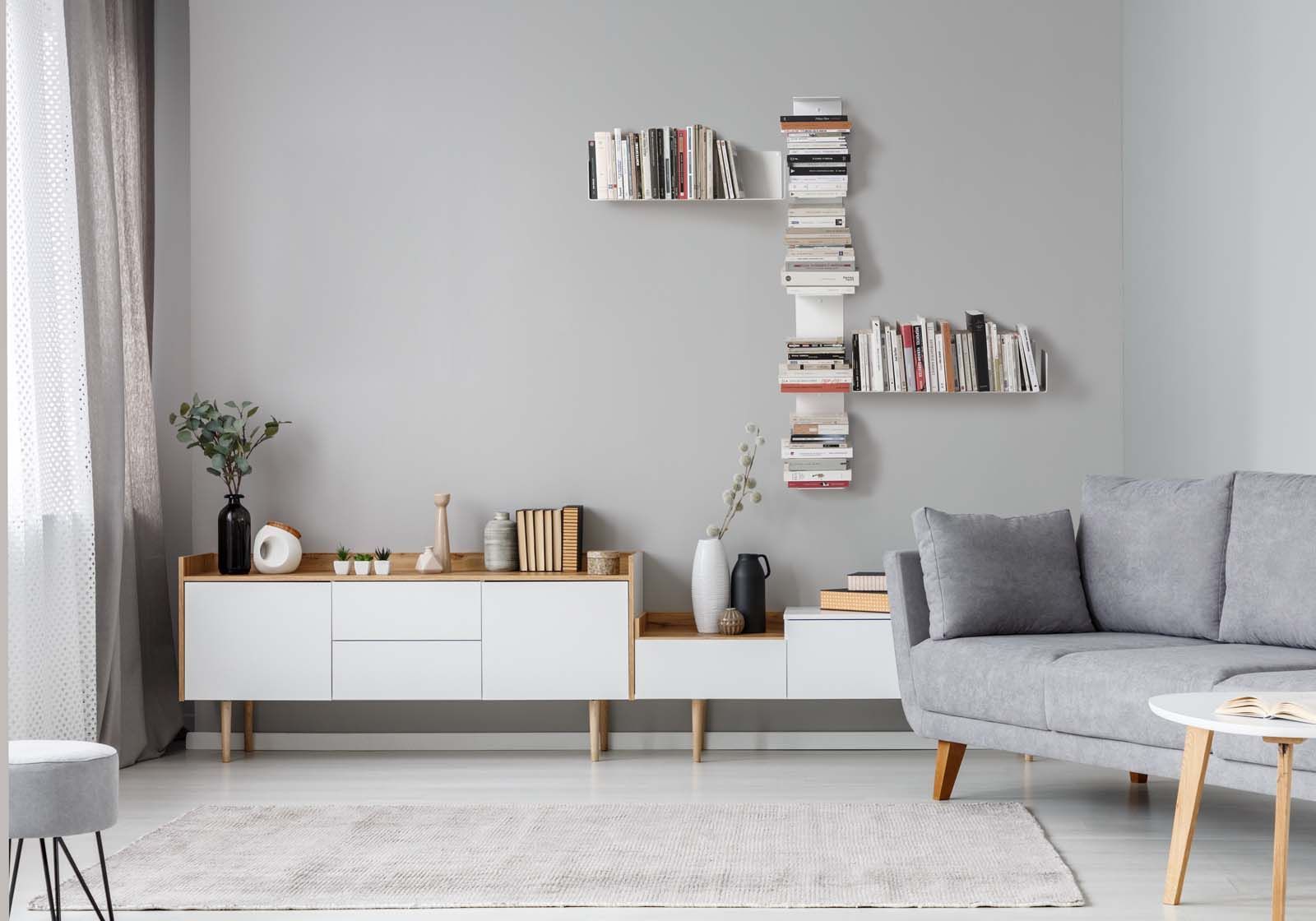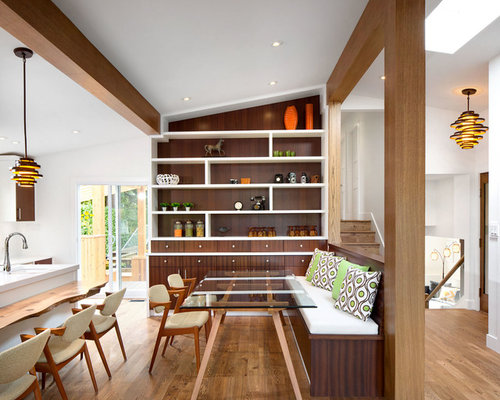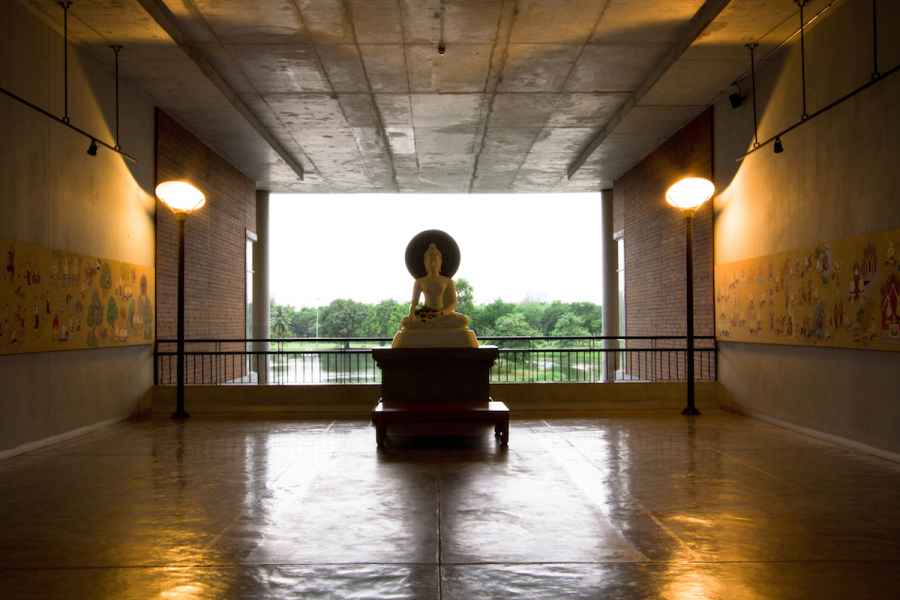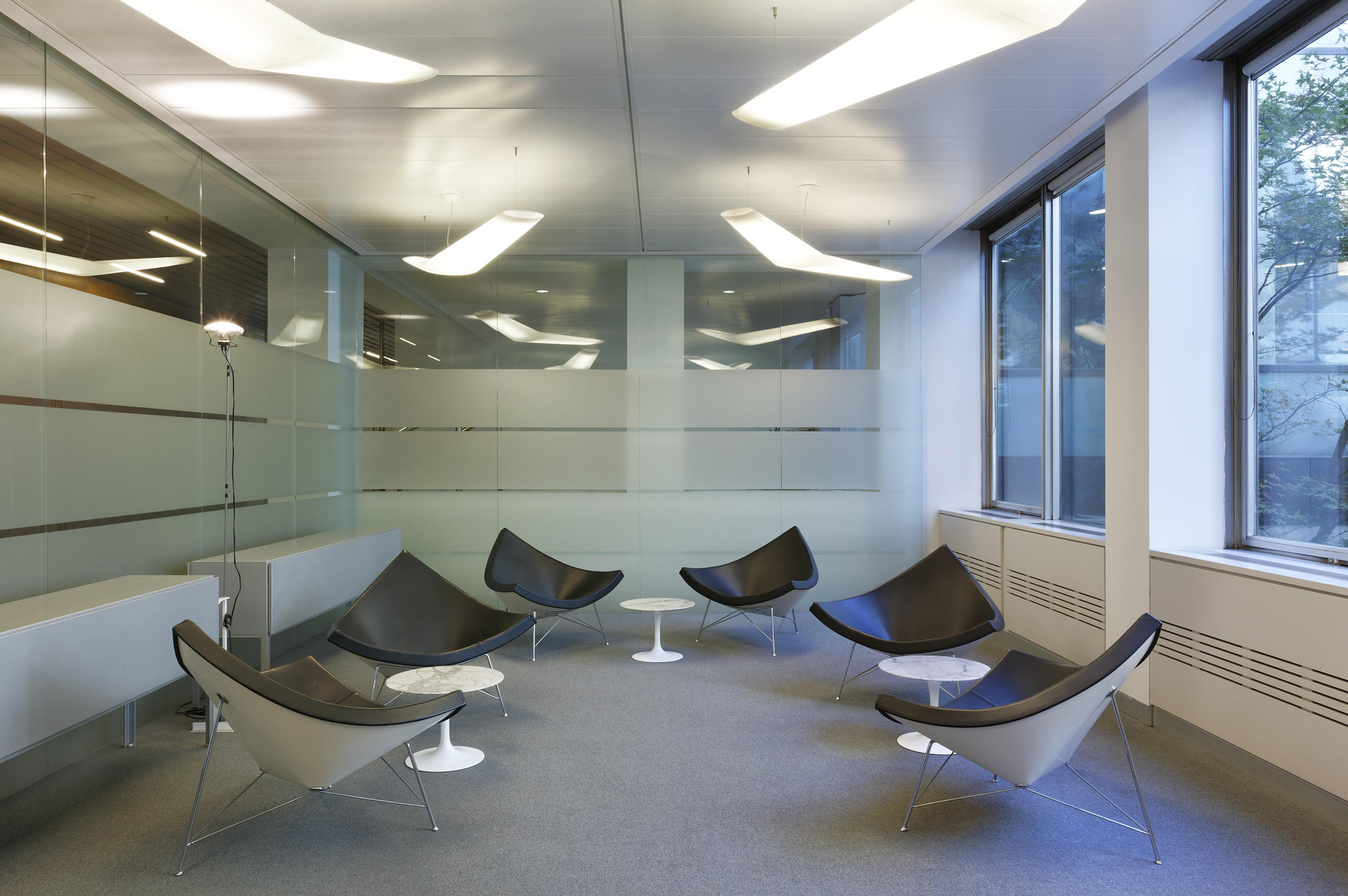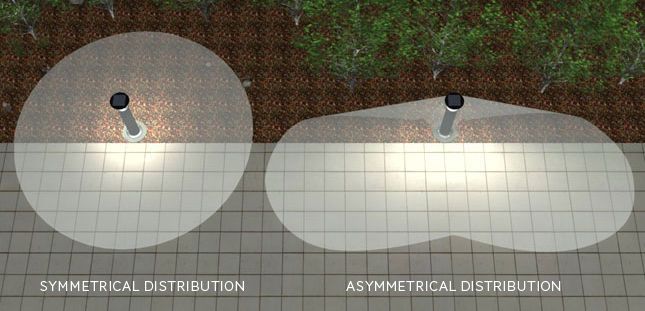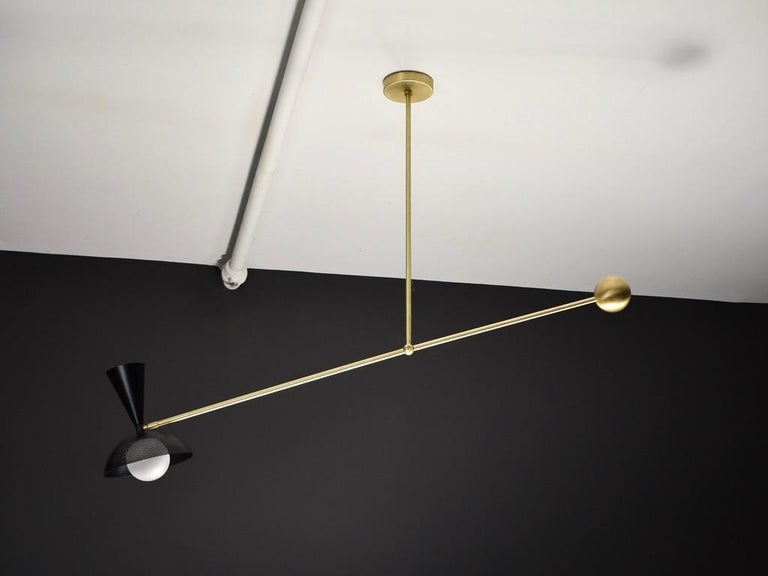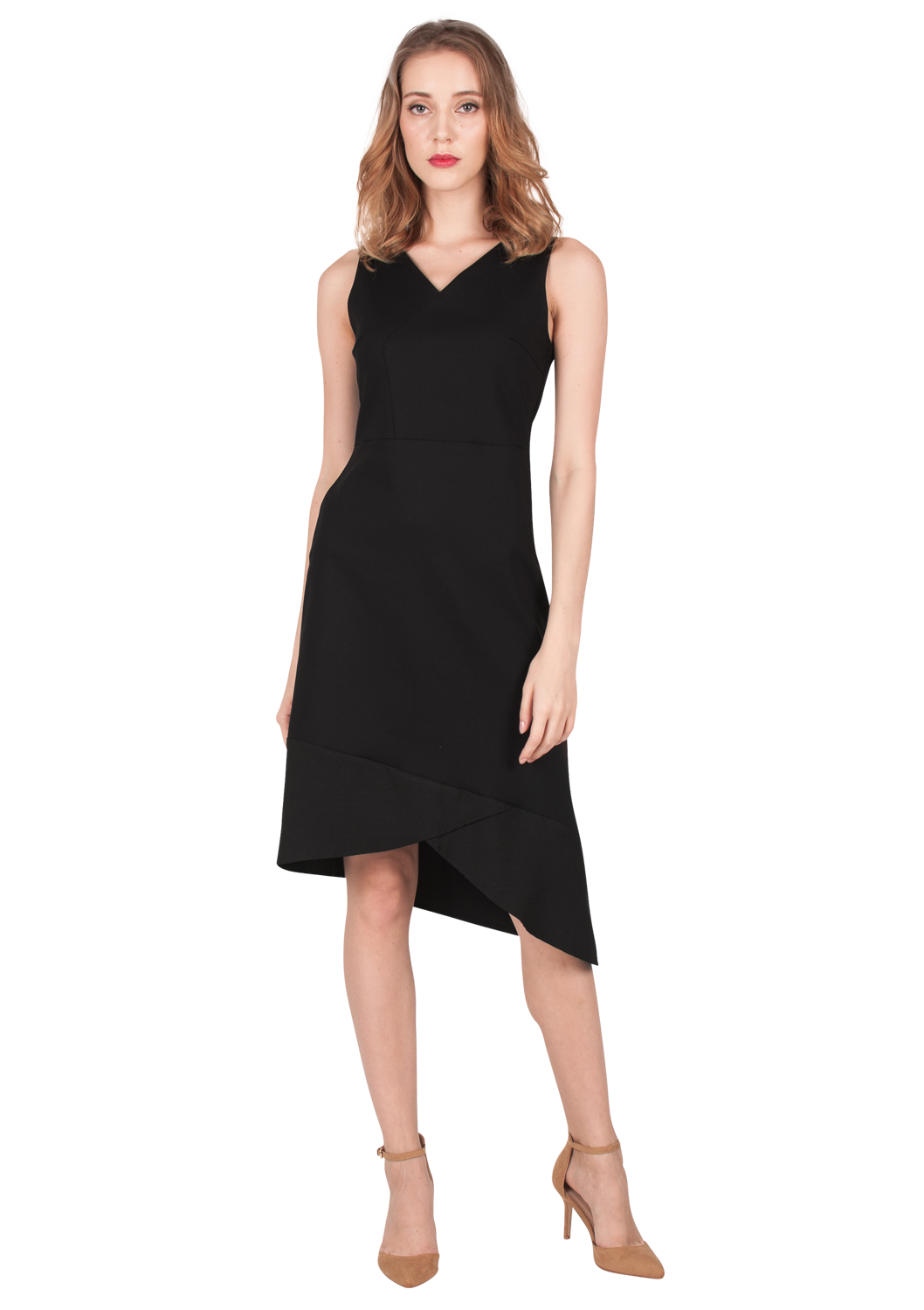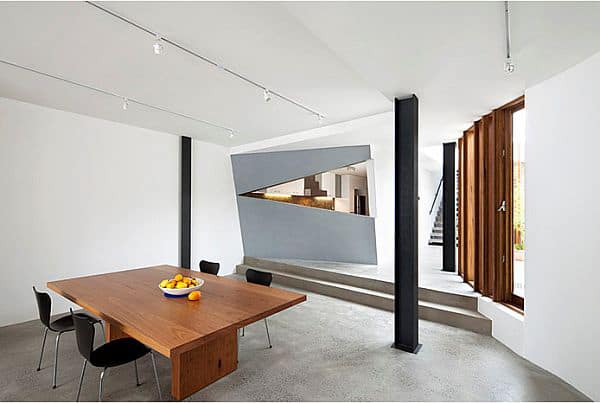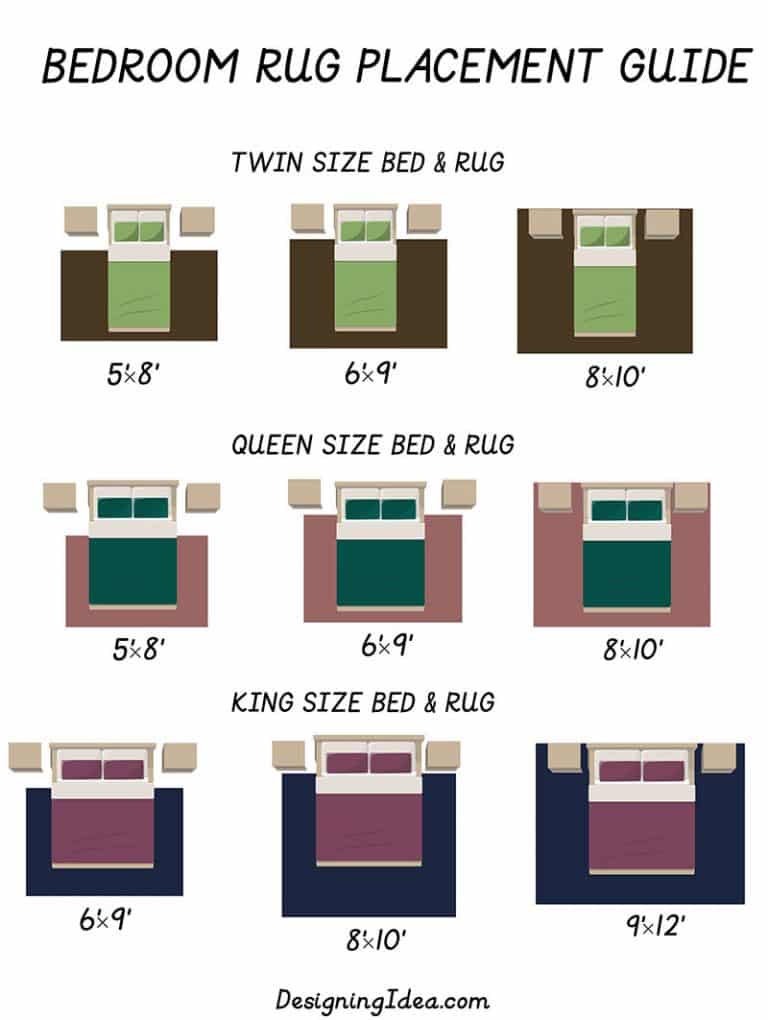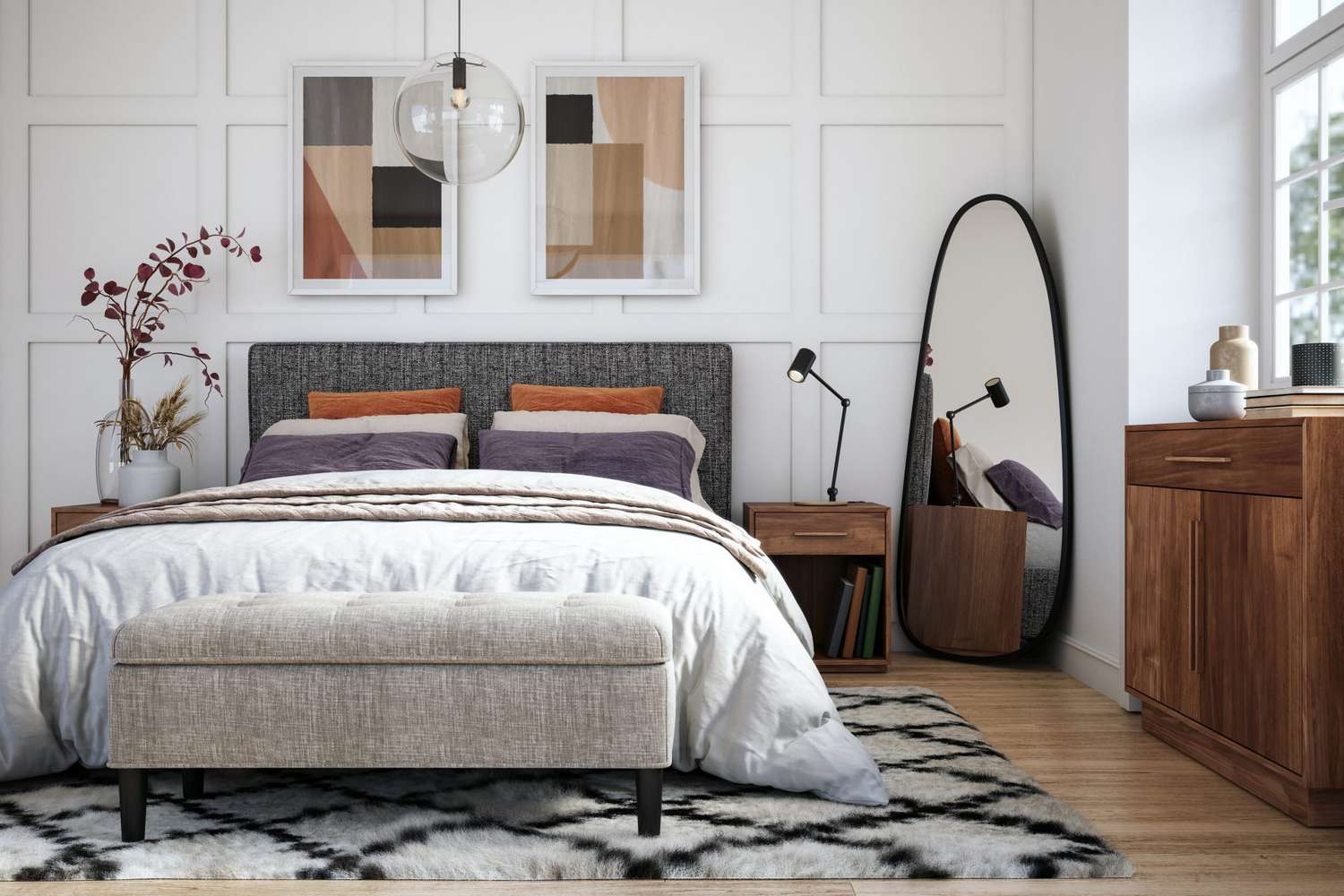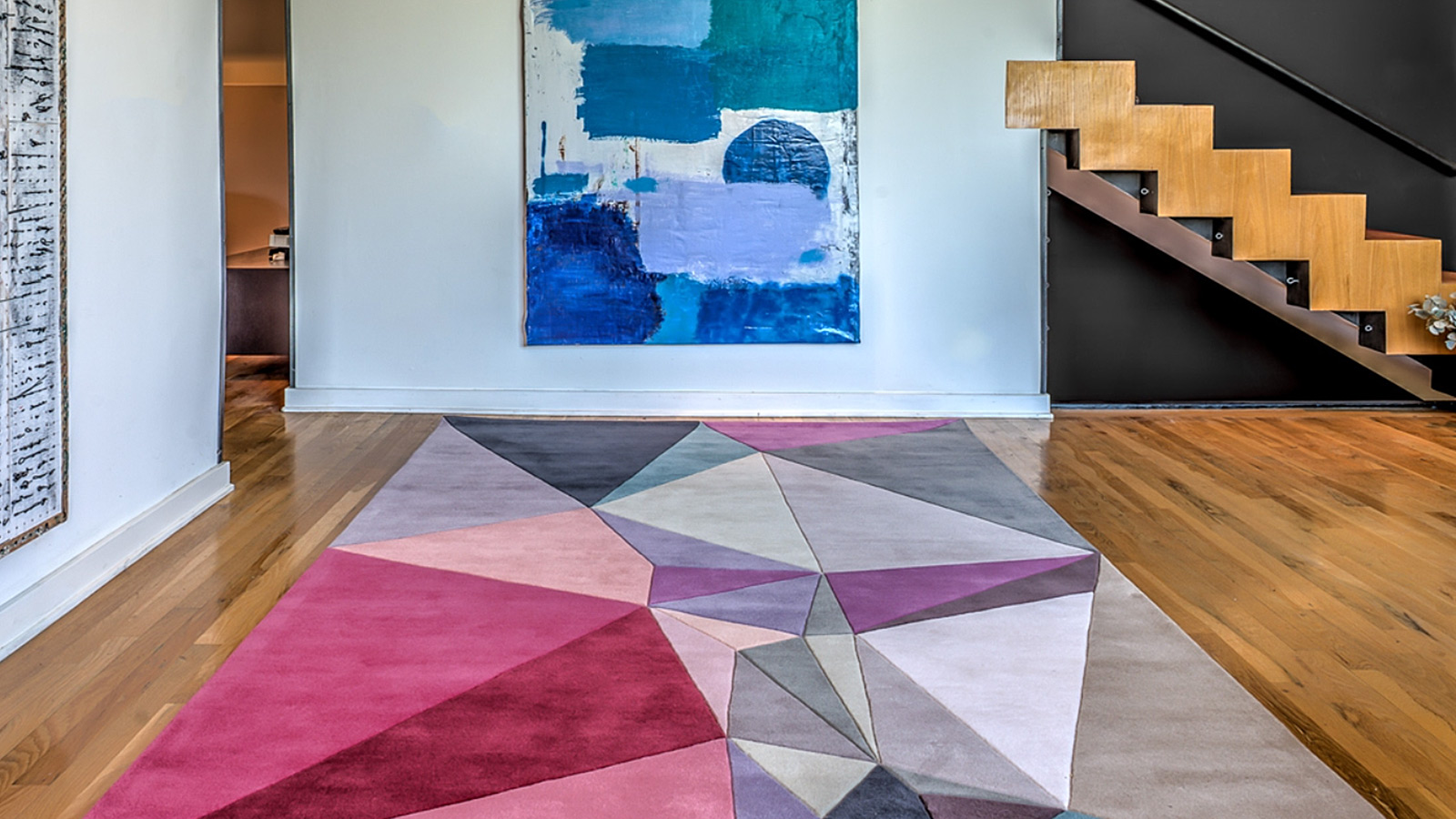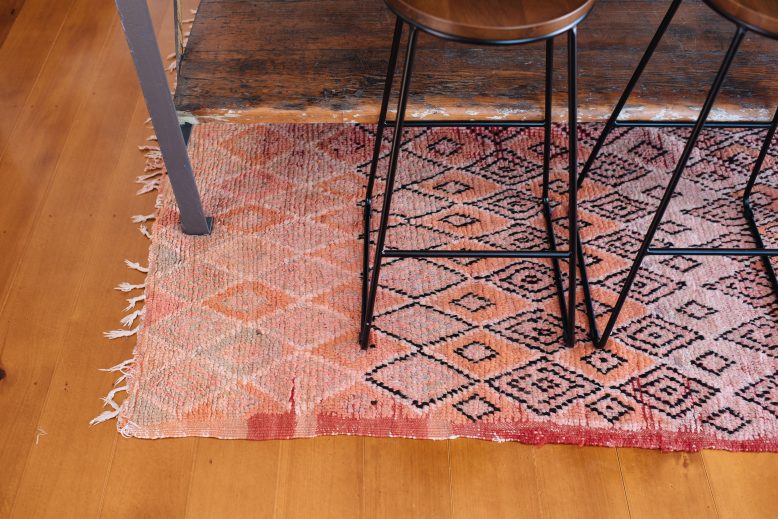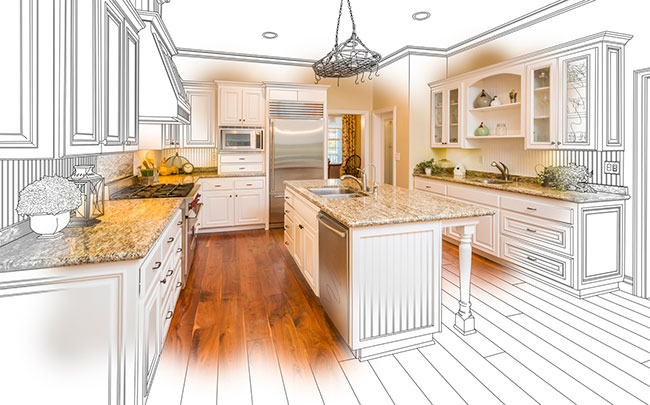When it comes to interior design, symmetry has been the go-to for creating a balanced and harmonious space. However, in recent years, asymmetrical design has gained popularity for its bold and unique look. This is especially true for living rooms, where asymmetry can add a touch of creativity and personality. If you're looking to revamp your living room, here are 10 asymmetrical living room ideas to inspire you.Asymmetrical Living Room Ideas
Gone are the days of lining up furniture in a perfect, symmetrical arrangement. Instead, try mixing and matching different pieces of furniture in an asymmetrical layout. For example, pair a large sofa with a smaller armchair and place them off-center to create an interesting focal point in the room. Don't be afraid to play around with different shapes and sizes for a more dynamic look.Asymmetrical Furniture Arrangement
Asymmetry doesn't just have to be in the furniture arrangement, it can also be incorporated into the overall design of the room. For example, instead of having matching throw pillows on your sofa, mix and match different patterns and sizes for a more eclectic and asymmetrical look. You can also play with asymmetrical patterns on your rugs, curtains, and even wall coverings.Asymmetrical Design
If you have a large living room, consider breaking up the space into different zones with an asymmetrical layout. For example, you can have a cozy seating area on one side and a work or reading space on the other. This not only adds visual interest but also makes the room more functional and versatile.Asymmetrical Layout
Asymmetry doesn't have to be limited to just furniture and design elements. You can also incorporate it into your decor. For example, instead of having matching lamps on either side of your sofa, try using different styles or sizes for a more asymmetrical look. You can also mix and match different wall decor, such as frames, mirrors, and shelves, to create an interesting and unique display.Asymmetrical Decor
Wall art is a great way to add asymmetry to your living room. Instead of hanging one large piece of art in the center of your wall, try creating a gallery wall with different sized frames and artwork. You can also play with the placement of the frames for a more asymmetrical look. Another idea is to use one large piece of art and hang it off-center for a bold and unexpected statement.Asymmetrical Wall Art
Shelving is not only functional but can also add an interesting element to your living room. Instead of having symmetrical shelves on either side of your fireplace or TV, try mixing and matching different shapes and sizes for a more asymmetrical look. You can also play with the placement of the shelves for a more dynamic display.Asymmetrical Shelving
Lighting is an important aspect of any living room, and it can also be used to create asymmetry. Instead of having matching table lamps or pendant lights, try mixing and matching different styles and sizes. You can also play with the placement of the lights to create an interesting and asymmetrical display.Asymmetrical Lighting
Symmetry often goes hand in hand with a balanced color scheme, but asymmetry allows you to be more creative with your color choices. Instead of having a perfectly balanced color palette, try using different shades and patterns for a more asymmetrical look. You can also use one bold accent color on one side of the room to create an interesting contrast.Asymmetrical Color Scheme
Rugs are a great way to add texture and warmth to your living room, and they can also be used to create asymmetry. Instead of centering your rug under your coffee table, try placing it off-center for a more dynamic look. You can also layer different sized rugs for a more asymmetrical and cozy feel.Asymmetrical Rug Placement
Create Balance and Symmetry with Furniture Placement

Utilize a focal point
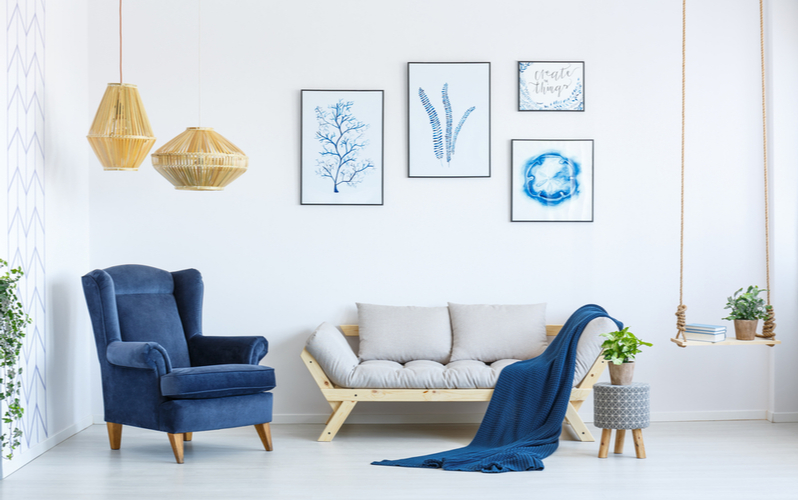
When designing an asymmetrical living room, it is important to create a sense of balance and symmetry in the space. One way to achieve this is by utilizing a focal point in the room. This could be a fireplace, a large piece of artwork, or even a statement piece of furniture. By arranging furniture around the focal point, it helps to create a visual anchor and establishes a sense of balance in the room.
Mix and match furniture

Another way to achieve balance in an asymmetrical living room is by mixing and matching different styles and pieces of furniture. This adds visual interest and breaks up the monotony of traditional symmetrical furniture arrangements. For example, pair a modern sofa with a vintage armchair or mix different textures and materials such as leather, wood, and metal.
Use rugs to define spaces

Rugs are a great way to create defined spaces in an asymmetrical living room. Use a large rug to anchor the seating area and smaller rugs to define other areas, such as a reading nook or a workspace. This not only adds balance and symmetry to the room but also helps to visually separate different areas.
Consider the flow of the room

When designing an asymmetrical living room, it is important to consider the flow of the room. The placement of furniture should allow for easy movement and function. Avoid placing large pieces of furniture in high traffic areas and make sure there is enough space to comfortably walk around and between furniture pieces.
By following these tips, you can create a well-balanced and symmetrical living room that is both visually appealing and functional. Remember to mix and match furniture, use rugs to define spaces, and consider the flow of the room. With these ideas, you can transform your asymmetrical living room into a stylish and inviting space.














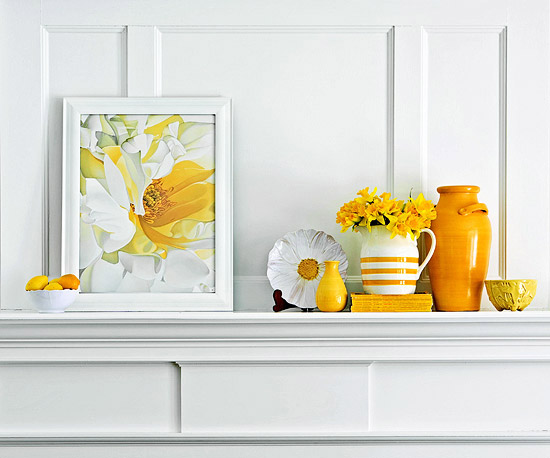
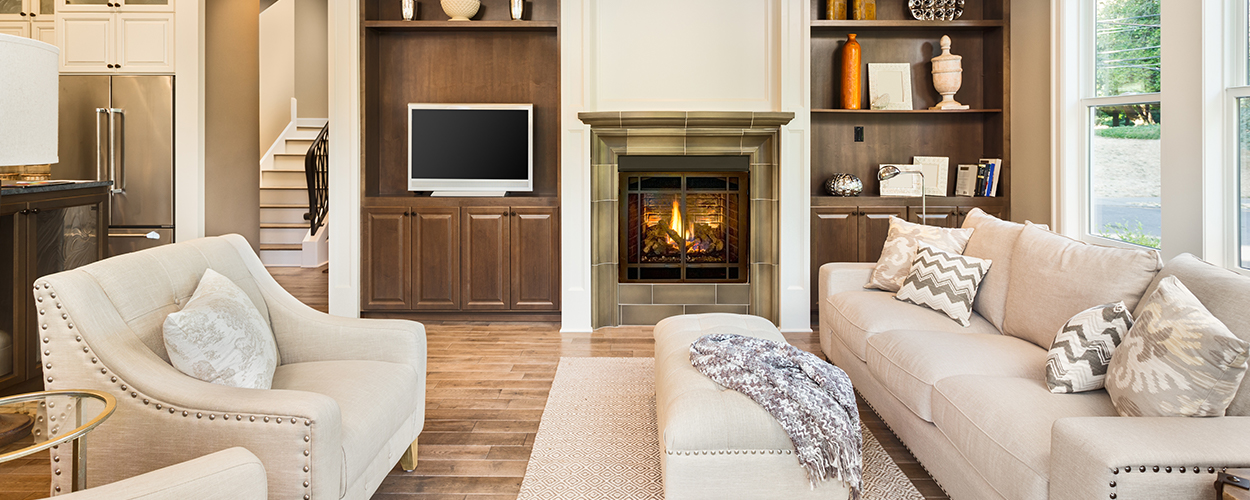





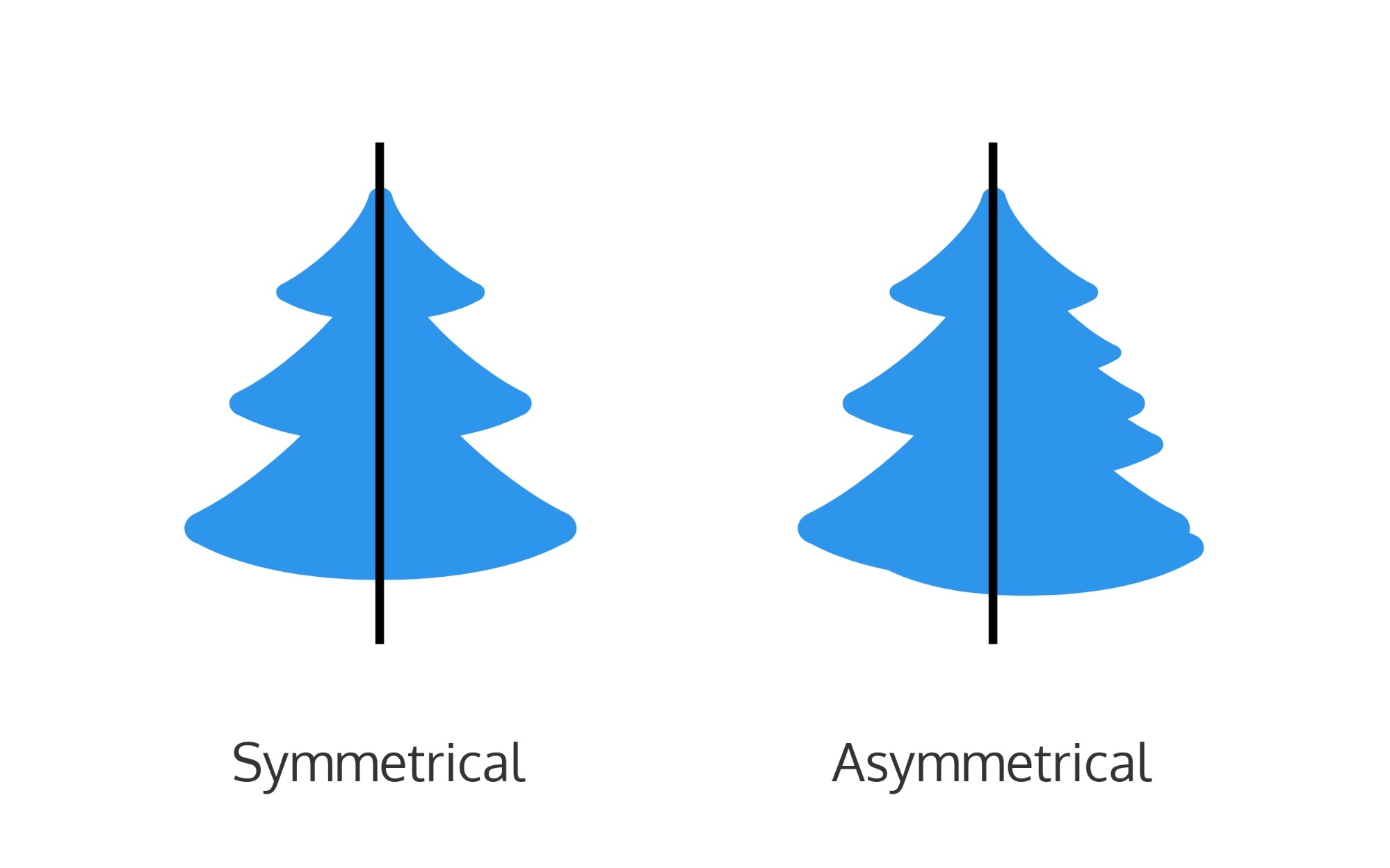



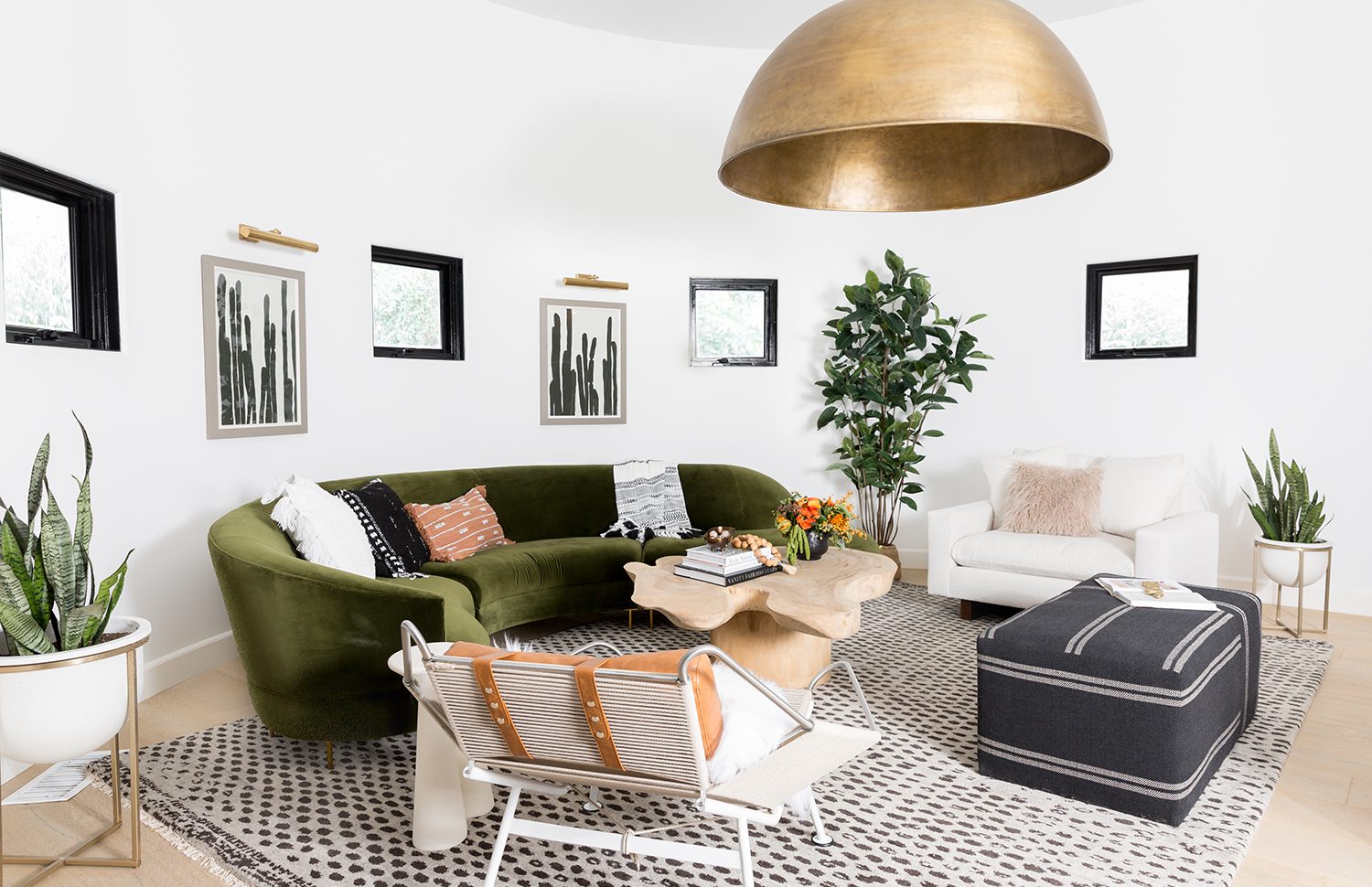























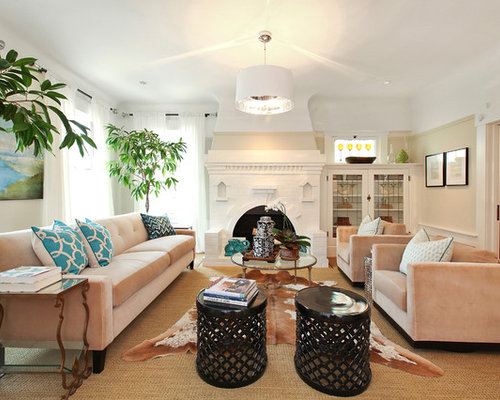
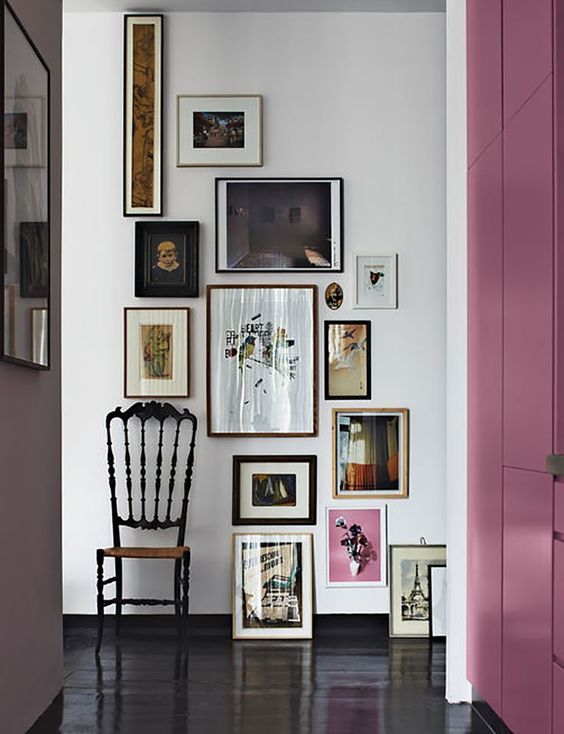










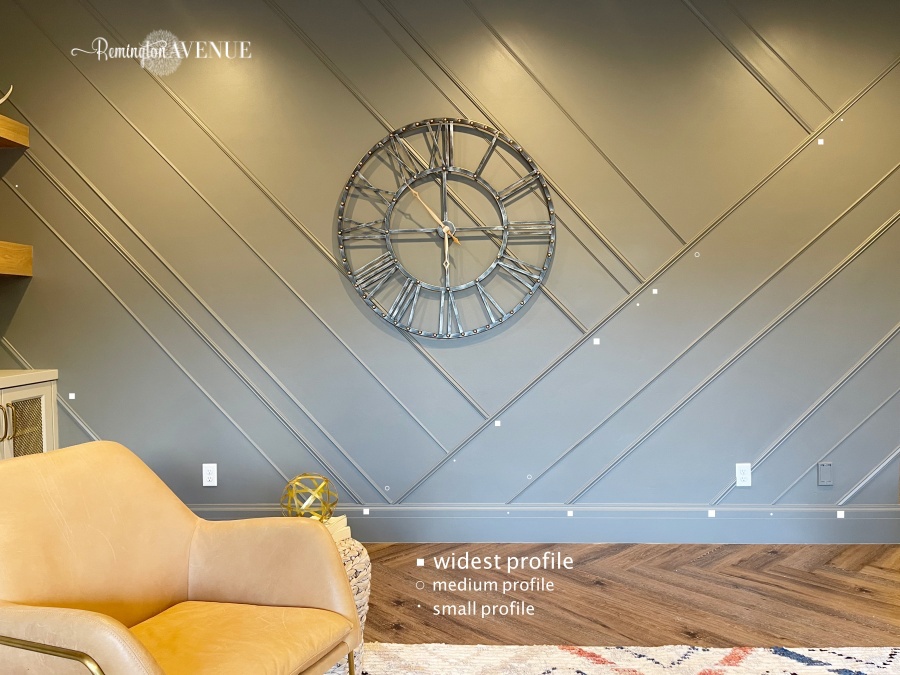
%252520(photo%252520by%252520Genevieve%252520Garruppo).jpg)


